Training in Forages for Producers and Land Managers (Afternoon Session), Feb. 13, 2019
A wet fall 2018 not only delayed, and in some cases completely prevented, timely fall-plantings of cool-season annual and …



El inglés es el idioma de control de esta página. En la medida en que haya algún conflicto entre la traducción al inglés y la traducción, el inglés prevalece.
Al hacer clic en el enlace de traducción se activa un servicio de traducción gratuito para convertir la página al español. Al igual que con cualquier traducción por Internet, la conversión no es sensible al contexto y puede que no traduzca el texto en su significado original. NC State Extension no garantiza la exactitud del texto traducido. Por favor, tenga en cuenta que algunas aplicaciones y/o servicios pueden no funcionar como se espera cuando se traducen.
Inglês é o idioma de controle desta página. Na medida que haja algum conflito entre o texto original em Inglês e a tradução, o Inglês prevalece.
Ao clicar no link de tradução, um serviço gratuito de tradução será ativado para converter a página para o Português. Como em qualquer tradução pela internet, a conversão não é sensivel ao contexto e pode não ocorrer a tradução para o significado orginal. O serviço de Extensão da Carolina do Norte (NC State Extension) não garante a exatidão do texto traduzido. Por favor, observe que algumas funções ou serviços podem não funcionar como esperado após a tradução.
English is the controlling language of this page. To the extent there is any conflict between the English text and the translation, English controls.
Clicking on the translation link activates a free translation service to convert the page to Spanish. As with any Internet translation, the conversion is not context-sensitive and may not translate the text to its original meaning. NC State Extension does not guarantee the accuracy of the translated text. Please note that some applications and/or services may not function as expected when translated.
Collapse ▲A wet fall 2018 not only delayed, and in some cases completely prevented, timely fall-plantings of cool-season annual and …
Forage Recovery Plan 2019 A wet fall 2018 not only delayed, and in some cases completely prevented, timely fall-plantings of …
The schedule for the 2019 Auxin Herbicides-Best Management Practices training has been finalized. 2019 Auxin Stewardship Training Schedule This training will …
The schedule for the 2019 Auxin Herbicides- Best Management Practices training has been finalized. This training, presented by NC …
Head over to the NC OVT website to check out the 2018 Soybean Variety Trial Results. The Soybean Variety Selection …
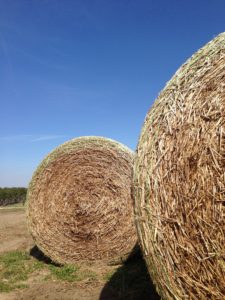
Congratulations to the NC farmers and farms who placed top in the 2018 Hay Show at the NC State …
Check out a recent NC State Extension publication by NC State Researchers Deanna Osmond, Wayne Roper, and Josh Heitman …

The Southeastern Hay Contest is the premiere forage quality contest in the Southeast USA, with entries coming from hundreds …
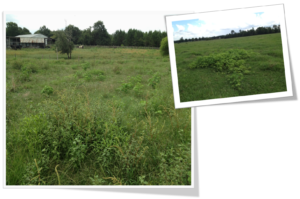
N.C. Cooperative Extension Conference 2018 Concurrent Session: Pasture Management: Weeds, Fertilization, and Grazing Management Impacts on Pasture Productivity In addition to adequate …

Meloidogyne enterolobii Internal Quarantine from NCDA On Friday, October 5, 2018, the N.C. Department of Agriculture and Consumer Services released a press …
A new publication is now available to update a 1996 version concerning the European corn borer, a major pest …
Many of the soybeans in North Carolina are past the critical growth stages for impact by soybean rust, but …

Hurricane Florence has caused catastrophic damage across parts of North Carolina primarily from flooding but also from wind damage. …
Hurricane Florence has brought damaging rains, winds, and flooding to North Carolina with, in some areas, tobacco still being on the stalk. Continuing …
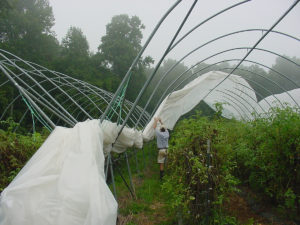
Hurricane Florence is dominating news coverage this week and for good reason: it is predicted to be the strongest …

Grain bins pose serious risks to farmworkers and their families. Watch this video, created by N.C. Cooperative Extension Service …

Piedmont Soybean Field Day Wednesday, October 3, 2018 Piedmont Research Station 8350 Sherrills Ford Road Salisbury, NC Agenda 7:30-8:30 a.m. Breakfast and Registration 8:30-8:50 a.m. …

Environmental conditions this growing season have been conducive for several pathogens in flue-cured tobacco. Frogeye leaf spot (Cercospora nicotianae) has …

Areolate mildew (Ramularia areola syn. Ramularia gossypii) has been confirmed on samples collected from Halifax County, North Carolina. This …
Recently, cotton producers have been concerned with areolate mildew (Ramularia areola syn. Ramularia gossypii) in North Carolina cotton. This …
Though impossible to measure the incidence of neighbor complaints against farmers, North Carolina public policy …
This publication describes the major systems used in farm equipment and outlines basic maintenance procedures …
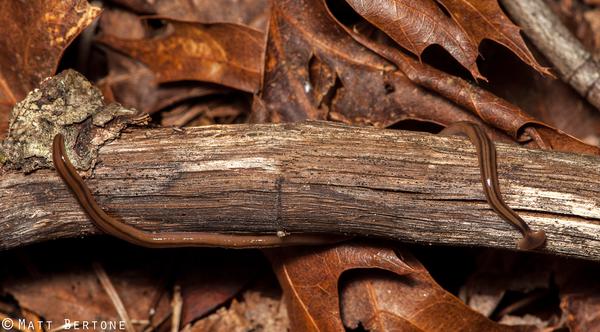
This factsheet offers information on the identification and management of various flatworms that may be …

This guide presents basic facts about seeds, including how they develop, how to store and …

This publication provides information to growers about soybean production in North Carolina. It discusses economic …

This publication discusses the factors involved in managing water requirements for soybeans. It addresses growth …
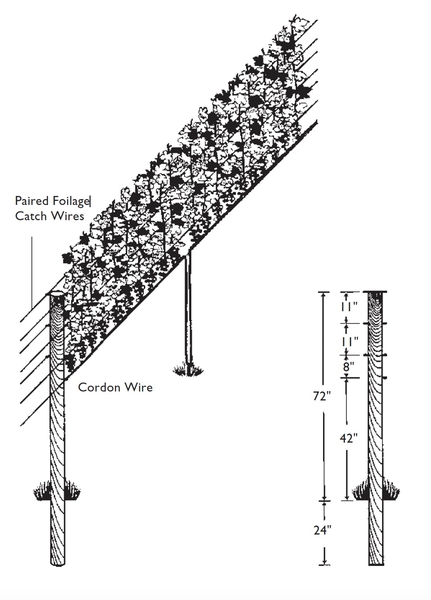
Growing Chardonnay grapes, the number one vinifera variety grown in North Carolina, can be a …
Effective frost protection methods exist, however, each year, a portion of the state's fruit and …